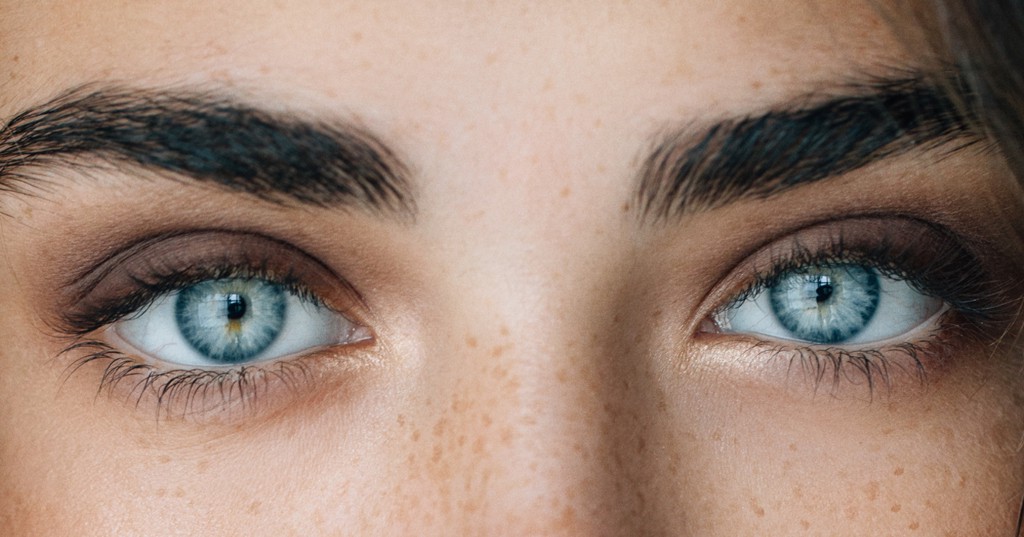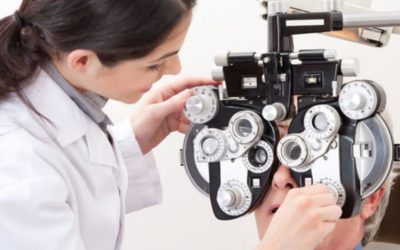What is a choroidal nevus?
A choroidal nevus (kor-OY-dal NEE-vuss) is a common condition of the eye, affecting around 1 in 10 people at some point in their lives. What is a choroidal nevus? What does it mean for the health of your eyes? Does it require any treatment?
What is a choroidal nevus?
In essence, a choroidal nevus is a freckle or mole that's inside of the eye. These aren't something that you're born with; they usually develop in adulthood, most commonly in people over the age of 50, although some cases begin in childhood.
The risk factors for developing a choroidal nevus are similar to those for developing a freckle or mole on the skin. People with lighter skin and eyes are at a significantly greater risk. Spending a lot of time outdoors also increases the risk. Most eye doctors recommend the use of sunglasses that completely block ultraviolet (UV) light, because this is the
Does it increase the risk of cancer?
Ocular melanoma, a cancer of the eye, is rare, but it does occur. People with a choroidal nevus do have an increased risk of ocular melanoma, much like people with moles on their skin have an increased risk of developing melanoma of the skin. The mole itself can sometimes transform into ocular melanoma, which is a form of cancer.
However, it's important for patients to realize that in most cases, this doesn't happen. Only about one in 500 choroidal nevi will become cancerous over a period of ten years. There is no need for extreme stress and worry about getting cancer. However, it's important to keep an eye on the nevus, in case it does become a problem.
Very rarely, a choroidal nevus may cause the growth of abnormal blood vessels, or it may cause the leakage of fluid under the retina. In this way, a choroidal nevus can cause retinal detachment, which is a vision-threatening condition that must be treated as soon as possible.
Does it require treatment?
Again, the treatment approach for moles in the eye is similar to that for moles on the skin. For most patients, the recommendation is watchful waiting. An eye exam should be performed on a regular basis, so that the choroidal nevus can be monitored for any possible changes that indicate that it may be cancer. How often this is recommended depends on the particular situation, but it's usually best to have the nevus examined every six months to a year.
If the nevus is large, thick, develops an orange pigment called lipofuscin, or leaks fluid into the area around it, then it is more concerning, because it may have become cancerous. If this happens, then further treatment may become necessary.




0 Comments